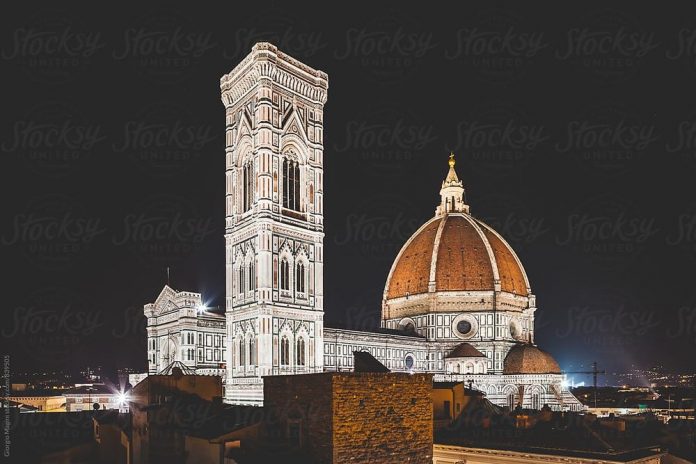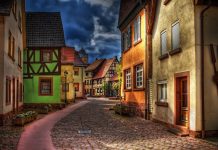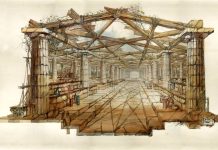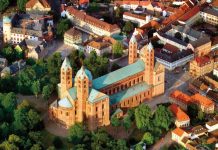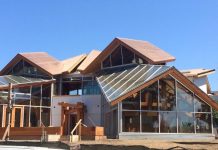When, after the “Gothic reaction” of the second half of the XIV – beginning of the XV century, architects and artists again turned to the art of Ancient Rome as a model, they saw the features of its heritage primarily in arched structures and, moreover, in domes. In fact, before that, history knew two great domes, and both were created on the territory of the Roman Empire. These are the familiar Pantheon in the Eternal City and the Hagia Sophia in Constantinople.
And although Florence, another of the cities that gave the world a great cultural heritage, was a republic at that time, its inhabitants dreamed of the dome as a worthy completion of their grand cathedral. To be honest, the Florentine dome does not quite correspond to the ideals of Neoplatonism, rather, it is an elevated, that is, pointed, eight-pointed vault. However, in the history of architecture, it is he who is the main symbol of the beginning of a new era. Since its creation, the Catholic cathedral could no longer be conceived without a large dome as the center of the composition; Moreover, Italians often call their cathedrals simply “Duomo”, that is, “Dome”.
Another characteristic stylistic feature of the early Italian Renaissance were arcades of circular arches, not just semicircular, but as if emphatically laid out in the wake of a two-legged drawing tool, full of grace and carefully balanced harmony. Finally, the most educated and theoretically trained Renaissance architects, familiar with the works of Vitruvius (who had been on the lists since the Middle Ages), as well as personally engaged in measurements and even restoration of ancient monuments, began to depict perfectly proportioned orders on the facades of churches and palazzi.
Most often it was not about free-standing supports, but about pilasters, at most – about half-columns. Perhaps an inexperienced tourist will not understand what interesting specialists find in these relatively modest buildings, which do not stand out among others, are also decorated and generously scattered around the world. But in this case, it is worth imagining yourself as a spectator of the XV century, when there were only Gothic buildings and ancient ruins around. And among this diversity, new buildings suddenly appear, full of inner dignity, calm harmony, devoid of decorative fuss, with compositional solutions backed by a solid theoretical base. Then everyone understands that this is the “renaissance”, that is, a return to the norm, that this is how it should be built today, tomorrow, and many centuries later (the great poet and the first humanist Petrarch dreamed of this back in the XIII century, and the term rinascita (revival) was first used by Giorgio Vasari).
Actually, that’s what happened. If you look at the architecture of the High Renaissance, that is, the XVI century, you can see that in some main it is the same as the European buildings of the XVII, XVIII and even XIX centuries. From now until the great Modernist revolution, European architecture basically consists of the same elements and adheres to the same scale. Stylistic differences can be observed only in nuances, as we saw in Welflin. And so – all the same exemplary columns and impeccable pilasters, three-part entablatures and archivolts of circular arches. Their correct proportioning is no longer a special art and feat. Architects have at their disposal many architectural treatises with detailed manuals and brilliantly executed explanatory tables. An abundance of smaller details is added to the celebration of classical forms: platbands and sandricks, cartouches (these are such “frames” on the wall, sometimes empty, sometimes with inscriptions or floral decor), flowerpots and sculptures simply decorating the facade. The crystal clarity of the quattrocento tectonic constructions is gradually disappearing from the interiors, but stucco decorations are being used more and more, actively capturing and dramatizing the space; walls and ceilings (ceiling lights) are hidden under paintings, jointed details made of expensive materials.


